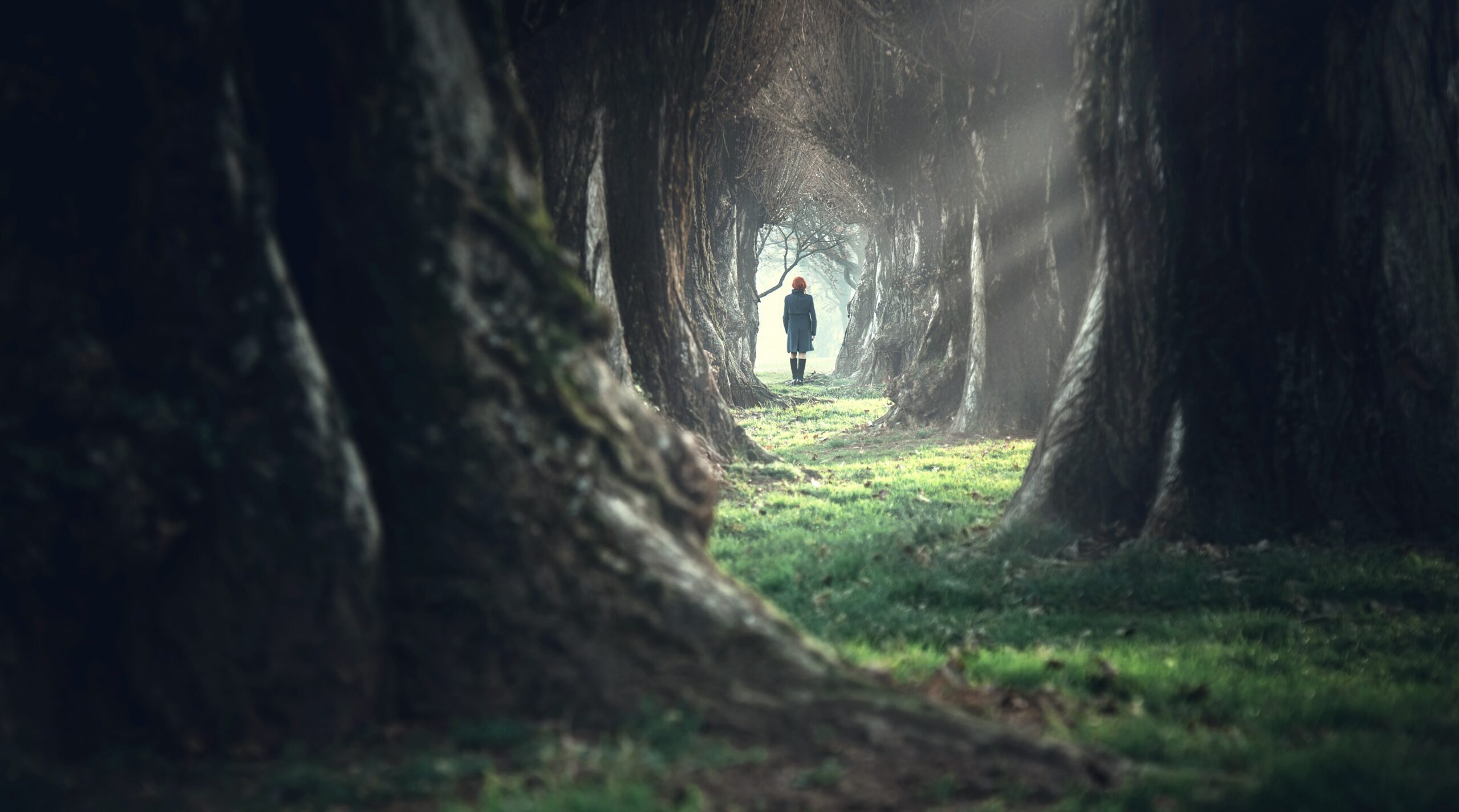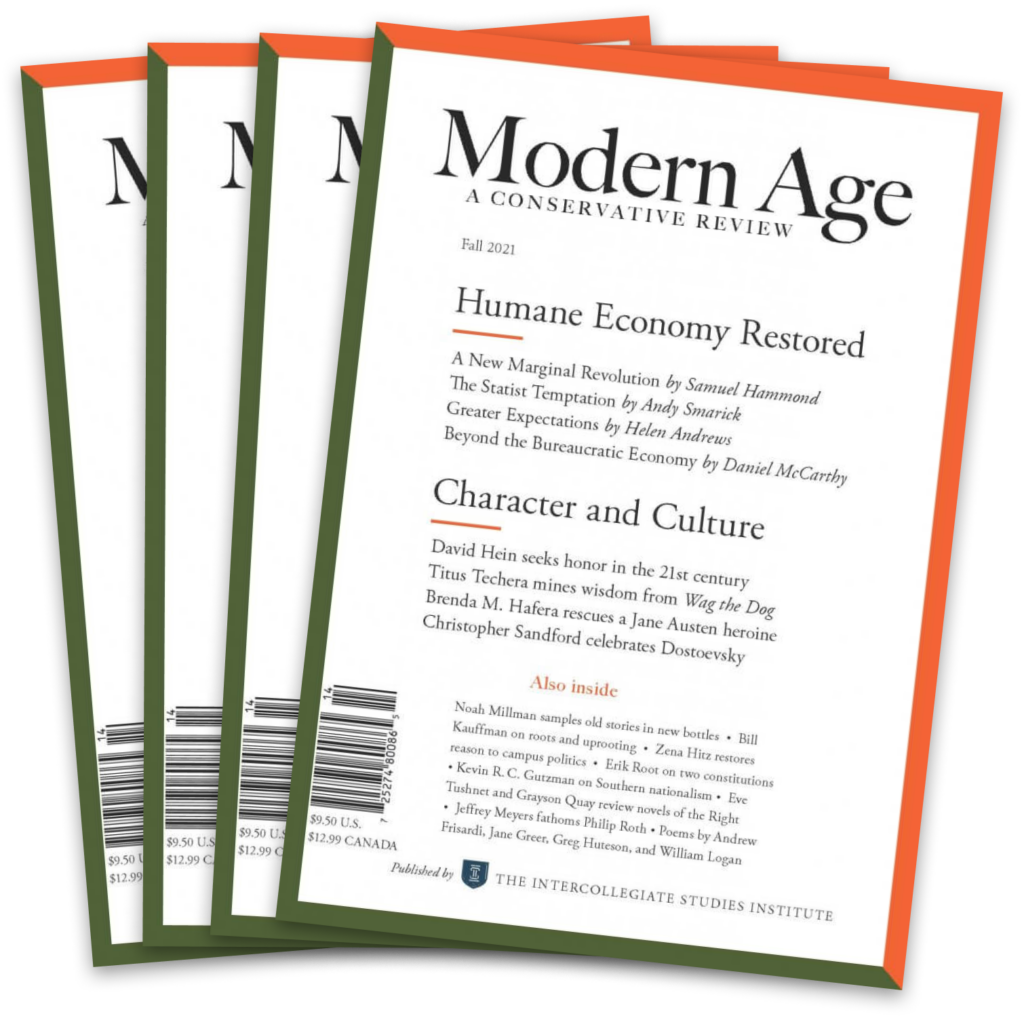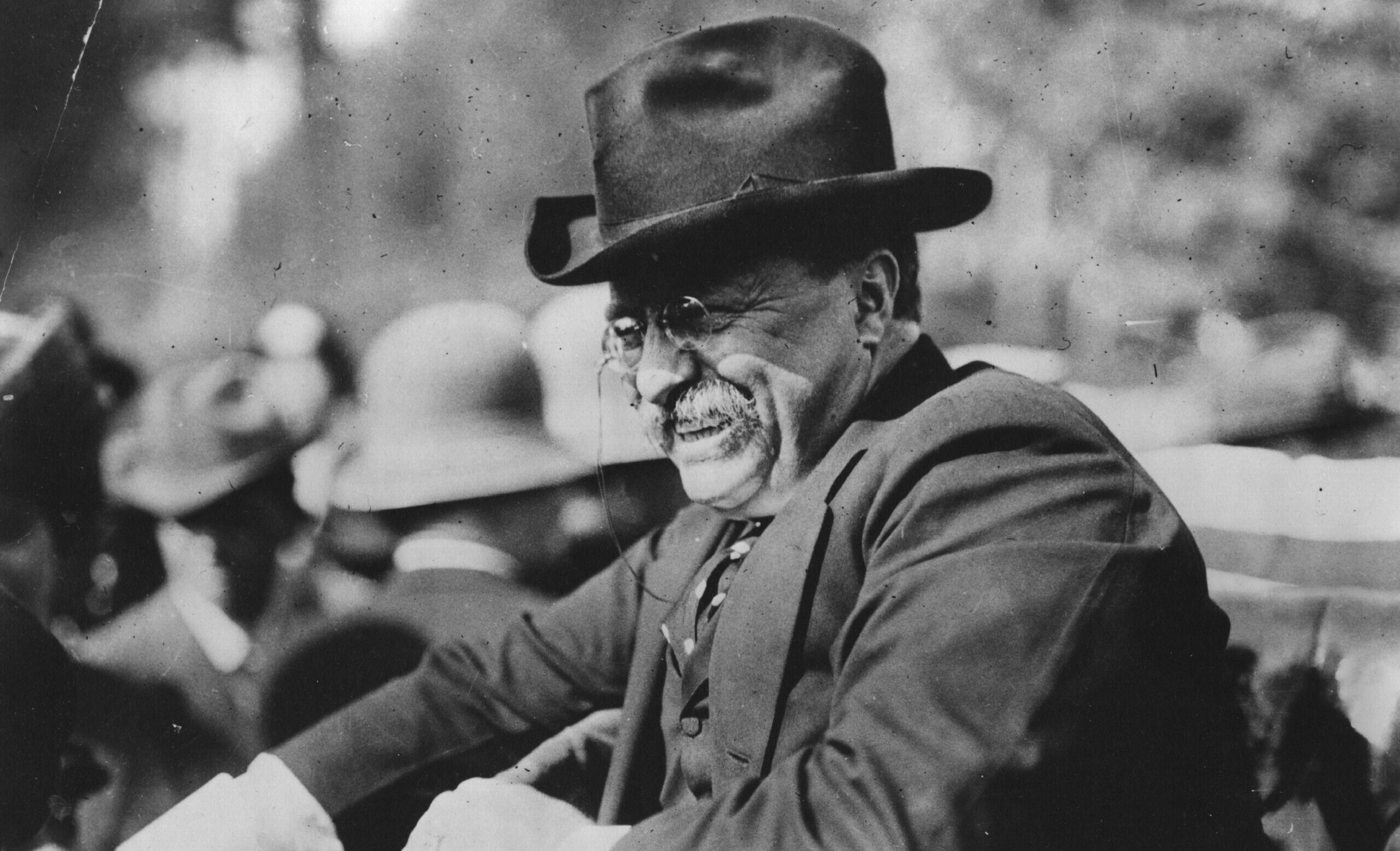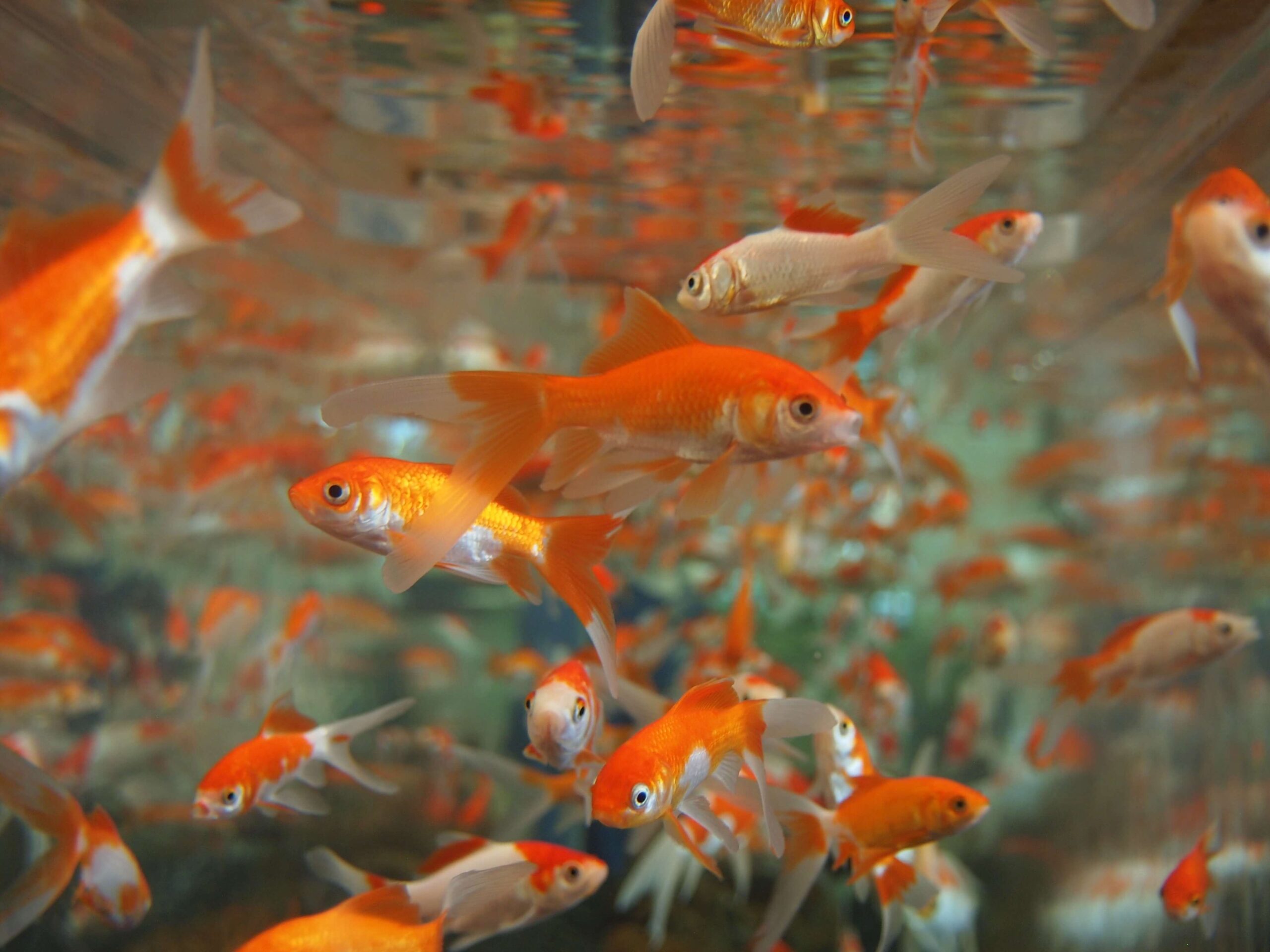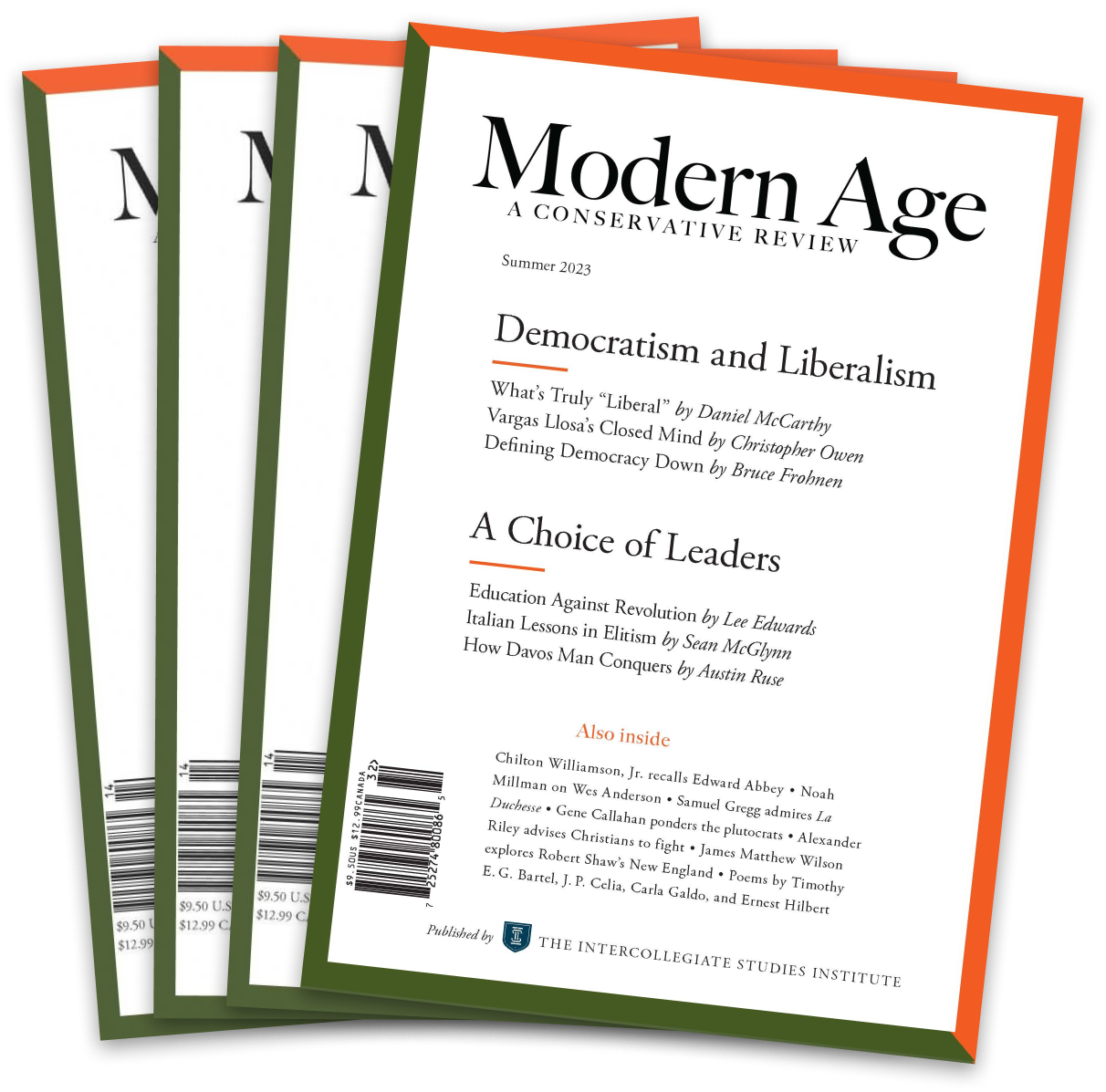The poet and critic cannot afford to be patient and yet must be patient anyway. The actual writing will come at the caprice of occasion, fortune, and deadline, and yet it must unfold as if it had all been conceived whole from the beginning. Such is the lesson one may learn from Dana Gioia’s books of poetry and criticism as they have been published over the last four decades.
His critical books conform, in general, to a pattern: each of them appears as a major intervention in contemporary culture buttressed by a series of secondary but related concerns. This was the case with his first critical volume, Can Poetry Matter?, whose title essay has managed to stay controversial despite having been published long ago in 1991, and it is the case with his sixth, published now in his seventy-fourth year. The Gioia form is to feature a long, important title essay; several tangentially related, more modest essays; and a series of brief reviews and short reflections, all culled from the sundry freelance work of the writer but ordered such that a unified impression is achieved.
Can Poetry Matter?, for instance, begins with what probably remains Gioia’s most widely read work in prose. It was a gauntlet thrown down at the contemporary literary world and specifically at the almost wholly academic culture that had sprung up and subsumed American poetry since the middle of the twentieth century. Gioia made a plea for a kind of poetry that left those isolated perches and provided the traditional satisfactions of music, great and humane themes, familiar language, and rich narrative. In the essays that immediately followed (“The Dilemma of the Long Poem” and “Notes on the New Formalism”) and the one that concludes the volume (“The Poet in an Age of Prose”), Gioia fleshed out some of the details of what such a renewed, broadly democratic, and non-specialist literary culture might look like.
That culture looked, as it happens, a lot like the poems he himself had begun publishing only a few years earlier, poems that seem as natural carried on the singing voice as delivered by the speaking tongue; poems frequently allusive and mysterious but also demotic and easy to grasp on a first hearing. The poems, and the essays that justified them, were contrarian, to be sure; so were the shorter arguments and reviews gathered in Can Poetry Matter? Gioia advocated for the work of Californian and Midwestern poets, for unfashionable but genuine minor talents such as Tom Disch and Jared Carter. He also gave personal accounts of the canonical modern poets who had shaped him and whose work in one way or another stood athwart the current fashions, among them Wallace Stevens, T. S. Eliot, and especially Elizabeth Bishop.
Most of the books that followed did the same. Barrier of a Common Language (2003) proposed that American poets and critics had become lamely insular and ignored the best work being written by contemporary English poets. Whether or not that bold judgment was wholly true, the poets in Gioia’s English canon certainly were neglected in the New World: James Fenton, Charles Causley, Wendy Cope, and Dick Davis each demonstrated that, in England, free verse had been absorbed and accepted as just one tool among others. Each of these poets was strongest in rhyme and meter. Causley, whom Gioia called “The Most Unfashionable Poet Alive,” wrote most of his work either in the ballad quatrain or a variation on it. At the center of the volume was Philip Larkin, equally appreciated on both sides of the Atlantic and restored as the great modern master in Gioia’s telling. Causley, Larkin, and Cope showed that poetry, if it be musical and wise, could also be wonderfully popular.
Disappearing Ink (2004) did something even more ambitious. The title essay, with its journalistic restraint, simply catalogued the ways in which poetry, “at the End of Print Culture,” was finding new modes of appearance. Gioia’s focus was on the gradual shift from poetry as something read on the page to its renewed life in performance, whether in hip-hop or at cowboy poetry festivals. The subtext of the essay, however, was that if the people could not get good poetry from self-described poets, they would go in search of it elsewhere. Gioia thus anticipated the later awarding of the Nobel Prize in literature to Bob Dylan: if the poets will not sing, at least the troubadour will, and he shall inherit the kingdom. This subtheme appears also in Gioia’s generous essay on the much-maligned “fireside poet” Henry Wadsworth Longfellow, for whom Gioia makes a plea that is historical, patriotic, and literary. It also appears in his lament for the decline of San Francisco as a lively literary culture and in his attempt, in the final set of essays and reviews in the volume, to recover poetry as a national, indeed a public, art form in the wake of the mourning of the 9/11 attacks.
If Gioia’s previous collections were apologies for a kind of poetry that eschewed academic rewards but aimed at universal enjoyment, The Catholic Writer Today (2019) made a plea for another kind of universality. Literary culture would be stronger if the great tradition of Catholic letters could be renewed in our day. As with his past books, Gioia was concerned with public culture, that is, with the ways that literature comes to play a role, or fails to play a role, in the culture at large. But here his emphasis shifted from the renewal of poetry’s profound and inextricable roots in music and memory to the vertical dimensions of the spirit. With its long introductory essays on the earlier poets John Donne and Gerard Manley Hopkins and on the lesser-known but exceptionally important modern poets Dunstan Thompson and Elizabeth Jennings, this was in some ways Gioia’s boldest and richest book. It communicated in ways he had not before that the beauty of the arts was a question not merely of craft and clarity against academic obscurity but of the portals of mystery and the immortal aspirations of the soul.
Gioia’s next prose book may have seemed to break the mold of the previous ones. Studying with Miss Bishop (2021) consists of select autobiographical chapters recalling Gioia’s early and influential encounters with writers. In contrast with William Hazlitt’s essays on his own first acquaintance with poets some two centuries earlier, Gioia’s aim was not merely to provide a portrait of the great writers he had encountered but to show how they, and literature in general, had shaped him. Perhaps the best chapter in the volume is the first, where Gioia describes his own solitary, youthful discovery and love of the arts. It becomes clear that his sense that good art can impress itself on an uninstructed child and change his life has guided his critical efforts to restore poetry to its traditional, central role in our culture. His memoirs of Elizabeth Bishop and Robert Fitzgerald also serve as exemplary tales of the literary life lived imperfectly but generously.
All of these books express a contrarian spirit. Gioia the critic draws our attention to aspects of literature that, he is convinced, the mainstream of the literary world ignores at great cost. Can Poetry Matter? contains the most provocative of such efforts—by far—precisely because Gioia was a young poet boldly carving out a new and better vision for contemporary poetry. And while I continue to be astonished that there are established writers who still heap contempt upon that argument, I think we can say it won out—at least enough that Gioia has become one of the most widely known and respected men of letters of the last quarter century.
We should not be surprised, then, that Poetry as Enchantment has a somewhat valedictory tone. The title essay may be Gioia’s most aesthetically and spiritually rich so far; it goes deeper than “Can Poetry Matter?” and is more concerned with poetry itself than the sociology of “The Catholic Writer Today.” Gioia argues for a renewed appreciation, as his title says, of poetry’s power to enchant: to move us with its music long before we grasp its meaning. “Poetry proffers some mysteries that lie beyond paraphrase,” he observes. To recover the pleasure of the mystery, however, we must respect the average reader’s response to poems with the “sloppy fullness of their humanity” and consider the possibility that earlier ages did a better job of transmitting poetry by not turning it into an academic specialty: “For thousands of years, poetry was taught badly, and consequently it was immensely popular.”
The essay culminates in Gioia’s recollecting his own efforts in this direction. They have not been insignificant. From 2003 to 2009, Gioia served as chairman of the National Endowment for the Arts (NEA). He advanced a series of public programs unprecedented in the life of that maligned institution. For much of its history, the NEA served as a mere patron, a granting agency, to arts organizations, most of them in major cities with a large and already heavily subsidized arts culture. Gioia started programs that supported independent book clubs across the country, brought Shakespeare in performance beyond the big cities, and—his greatest success—gave young people occasion and incentive to memorize and perform great poems as part of the Poetry Out Loud program. Gioia no longer speaks as a young provocateur but as that rare poet who has not only made prescriptions regarding the future of literature but brought them into being.
The essay that follows, on the English poet Donald Davie, is as much memoir as criticism and might have fit in well as one of the chapters in Studying with Miss Bishop but for one important quality. It is a study in a poet’s efforts to remake the literary tradition and how those efforts miscarried. Davie’s fame arrived early: he joined Philip Larkin as one of the leading poets of the “Movement,” a tongue-in-cheek name for poets who had had enough of avant-garde pretensions and wanted instead to make well-crafted poems about everyday life. The young American poets who came to study meter and rhyme at Stanford University with the older Davie found a writer who regretted his early success and was convinced despite all that the obscure American free verse of the Seventies was the real future. Davie grew more serious about his Protestant Christianity as he matured, and he tried to reshape the canon of eighteenth- and nineteenth-century English poetry to give more prominent place to the great Protestant hymn writers. But rather than simply broadening the canon, Davie lopped off Dryden and Pope and shrank it until it was almost unrecognizable, and certainly unrepresentative. Gioia’s gratitude to Davie’s mentorship comes through in the essay, but so does the sense that well-intended efforts to renew poetic culture can impoverish as much as they enrich and can often be derailed by what are merely personal eccentricities. Davie’s efforts provide a cautionary tale—not just to us but to the younger Gioia.
Other essays attempt to clarify the achievement of Robert Frost as a narrative poet and to recover the long-forgotten American World War I poet John Allan Wyeth. Both essays suffer from bold claims unsupported by much in the way of quotation from the poets under discussion. Yet, together, they draw our attention to American poets who were historically attuned to the modern age but also found fruitful alternatives to the fragmentation and obscurity of modernist poetry.
The remaining, shorter essays return to familiar subjects and give them a final seal of judgment. Bishop and Larkin reappear, and rightly so, since the last two decades have seen their unpublished work come into print in addition to a spate of revisionist critical studies and biographies. The literature of California also gets a reprise, occasioned by Gioia’s permanent return to his home state a few years after he resigned his post at the NEA.
Gioia’s essay on Ray Bradbury is rewarding for its democratic appreciation of the salutary role Bradbury played in improving science fiction as a genre and for Gioia’s evocative description of an experience almost all young readers of Bradbury will have. One picks up his books just for a good story and discovers something unfamiliar in the prose style—that it is “touched by” poetry. Indeed. I remember as a thirteen-year-old reciting aloud, in my solitude, passages of Fahrenheit 451, totally without means of explaining to myself why they seemed to demand being spoken aloud. Gioia’s account of his own meeting with Bradbury is, to say the least, moving, and worth the price of the book. I won’t spoil the surprise here.
A poet’s criticism is usually at its most exciting when it teaches us how best to receive the work of its author. Gioia’s past volumes help to frame the musical, religious, and democratic spirit of his work, but a single essay in this one, “Auden at 100,” does more than the rest to explain how Gioia formed his work out of the achievements and weaknesses of modernism. Auden’s early work could be frustratingly obscure. Auden himself regretted the confusion he had caused and wrote in a more donnish, classical, yet colloquial style ever after. What Gioia shows us, though, is that however baffling the early work may have been, it had already the playful brilliance of music. Out of that sense of uncomprehending enchantment came Gioia’s own work in poetry and the conviction that undergirds the loose but substantial argument of this latest book. One did not have to understand Auden to be shaped by him and, indeed, this fact is our first clue as to why poetry enriches us by affecting us in different ways and on many different levels of our existence. The title essay of Poetry as Enchantment is a classic of permanent worth. The remainder will be chiefly of interest to those who already admire the music that gives form to Gioia’s own poems.

